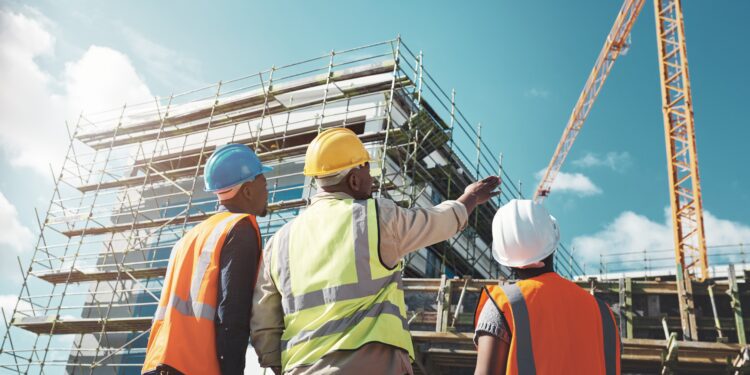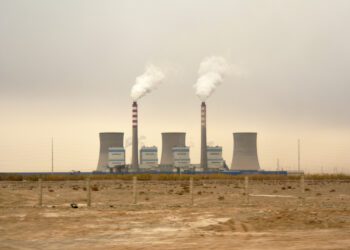Whether by stealth or overt means, cutting the climate impacts of the sector is important. The International Energy Agency reported that building operations accounted for 26% of 2022 global energy system emissions. Yale SOM finance professor Cameron LaPoint said, “To reach 2030 net zero emissions targets, we would need to reduce the output of carbon emissions in the building sector by 10% year on-year. That’s a lofty goal.”
Bailey and LaPoint spoke at a Yale SOM real estate colloquium, “Opportunities for Green Property Retrofitting in a Post-COVID World.” They were joined by Brian Murray ’10, CEO of Shift Capital, and developer Bruce Becker ’85. Moderator Stuart DeCew, executive director of the Yale Center for Business and the Environment described the three visiting alumni as “people who think at the edges of things to figure out the toughest challenges in real estate.”
LaPoint offered a real-world case study to show that sharply reducing carbon emissions from buildings is possible: the Hotel Marcel in New Haven, developed by Becker. A deep retrofit turned the Brutalist landmark into an all-electric property that has the capacity to operate off grid thanks to battery storage for the power from its 1,000+ solar panels. Becker hopes to obtain certification for Hotel Marcel as the nation’s first Net Zero hotel.
Becker predicted that 100 years from now people will be baffled by our high-carbon-intensity choice to build new buildings in lieu of retrofitting. “They will ask, ‘Why wasn’t everyone prioritizing retrofitting?’”
When federal, state, and other incentives for green retrofits are tallied, he said, “I actually believe that it’s more economical and less expensive to go this route. The problem is that a lot of people in the real estate industry are doing things the way they’ve always been done, so it’s taking a while to shift.”
C-PACE loans, the financial tool Bailey help grow from a nascent idea, are now available in over 30 states. “At its core, C-PACE is public policy,” she explained. “The policy is super simple it says energy upgrades in our state are a public benefit.” Somewhere between a mortgage and a municipal bond, C-PACE loans are repaid through tax assessments. The implicit government backing allows lenders to offer better interest rates and longer terms than other forms of financing. That can mean that annual payments may be smaller than the annual savings that result from the project. When that’s the case, it’s hard to argue with doing what’s best for the climate.
Becker echoed the value of seeking better options. “As long as you’re looking at things as a zero sum you overlook opportunities,” he said. “Sometimes, if you do more it costs less.”
That doesn’t mean it’s easy. One of the sticking points in reducing the emissions of the Hotel Marcel, Becker noted, was laundry, which typically accounts for about 25% of a hotel’s energy use. Super-efficient commercial heat pump dryers aren’t for sale in the U.S., but he was eventually able to import them from Sweden. Despite the higher upfront costs, it was an obvious win.
Becker warned that even with a commitment to reducing energy use, it’s easy for a company’s attention to wander. “It’s no one’s job to not use carbon,” he said. What’s needed, he said, is for the entire team to embrace a cross-disciplinary approach and proactively look for better, more-innovative green solutions.
Murray also pointed to Europe as a source of cutting-edge ideas around the built environment, green financing strategies, and new technologies. But, he noted, real hurdles remain the U.S. Recently, after his team put in two years of careful work to assemble project funding from a dozen different investors, one lender rescinded approval—effectively sending the project back to square one.
Bailey underscored the challenges. “It’s a grind trying to create something that doesn’t exist or change the way people do things,” she said. “It can be super frustrating. You can feel like you’re making such incremental progress that you’re not having an impact.” But, over time, an approach that started at the margins can be broadly accepted. Bailey has seen that happen with C-PACE. “We are transitioning the way we finance clean energy and the way we build buildings. And that’s cool.”
Read the full article by Ted O’Callahan / Courtesy of Yale Insights












